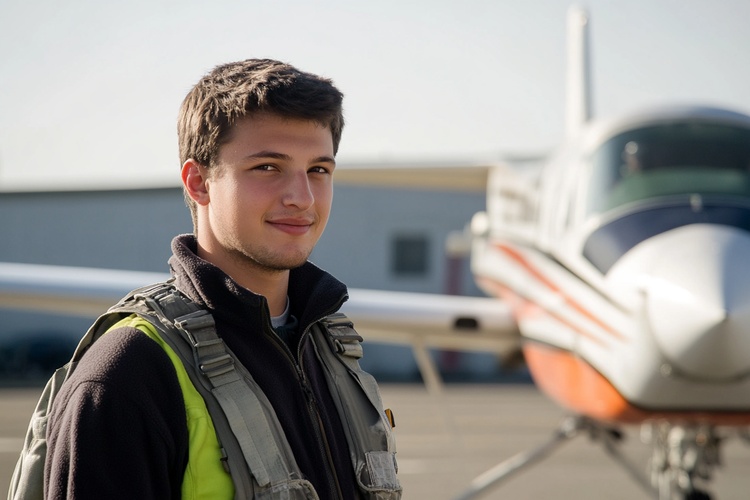Funding Options for Airline Pilot Training: What to Explore in 2025
Pursuing a career as an airline pilot has often come with a high financial barrier—but new developments in aviation training for 2025 are helping shift that narrative. Various organizations, flight schools, and airline-sponsored programs are offering full or partial funding that can cover major costs like flight hours, exam fees, and classroom instruction. While these opportunities are competitive and may include post-training commitments, they present a structured path toward commercial aviation without upfront tuition burdens. Explore how individuals are identifying these funding routes and what factors typically shape eligibility.

What Are the Current Costs of Pilot Training?
Commercial pilot training typically requires an investment ranging from $60,000 to $150,000 for complete certification. This includes private pilot license, instrument rating, commercial license, and airline transport pilot certification. Flight hours, ground school, testing fees, and educational materials comprise the bulk of these expenses.
| Training Component | Estimated Cost Range | Duration |
—|—|—
| Private Pilot License | $12,000 - $20,000 | 3-6 months |
| Instrument Rating | $15,000 - $25,000 | 3-4 months |
| Commercial License | $20,000 - $40,000 | 4-8 months |
| Airline Transport Pilot | $15,000 - $65,000 | 6-12 months |
Prices, rates, or cost estimates mentioned in this article are based on the latest available information but may change over time. Independent research is advised before making financial decisions.
Which Airlines Offer Sponsored Pilot Programs?
Several major airlines have introduced airline sponsored pilot programs to address the growing pilot shortage. United Airlines Aviate, American Airlines Cadet Academy, and Delta Propel offer structured pathways with various funding support levels. These programs often include mentorship, guaranteed interviews, and potential tuition assistance in exchange for employment commitments.
What Aviation School Funding Options Are Available?
Flight training for pilots can be funded through multiple channels:
-
Federal student loans for accredited aviation programs
-
Private aviation-specific loans from institutions like AOPA Finance
-
Military service through programs like the GI Bill
-
State-specific aviation grants
-
Flight school payment plans
How Can You Access Pilot Training Scholarships?
Organizations offering aviation scholarships include:
-
Aircraft Owners and Pilots Association (AOPA)
-
Experimental Aircraft Association (EAA)
-
Women in Aviation International
-
National Business Aviation Association
-
Air Line Pilots Association
Applications typically open 6-12 months before training start dates, with awards ranging from $2,500 to full program coverage.
What Alternative Financing Methods Should You Consider?
Beyond traditional funding sources, consider:
-
Income share agreements with flight schools
-
Part-time aviation employment during training
-
Corporate sponsorship programs
-
Regional airline training partnerships
-
Credit union aviation loans
Which Major Flight Schools Offer Financial Assistance?
| School | Financial Aid Options | Program Features |
—|—|—
| ATP Flight School | Loan programs, airline partnerships | Fast-track commercial training |
| FlightSafety Academy | Scholarships, payment plans | University degree option |
| CAE Aviation Academy | Airline cadet programs | Global training locations |
| American Flyers | Veterans benefits, financing | Flexible scheduling |
| Pan Am Academy | Airline partnerships, loans | Job placement assistance |
Prices, rates, or cost estimates mentioned in this article are based on the latest available information but may change over time. Independent research is advised before making financial decisions.
Navigating pilot training funding requires careful planning and often combines multiple financing sources. While the initial investment remains substantial, increased industry demand has created more pathways to make commercial aviation training financially accessible. Research thoroughly, maintain strong academic credentials, and consider committing to specific airlines or regions to maximize funding opportunities.




